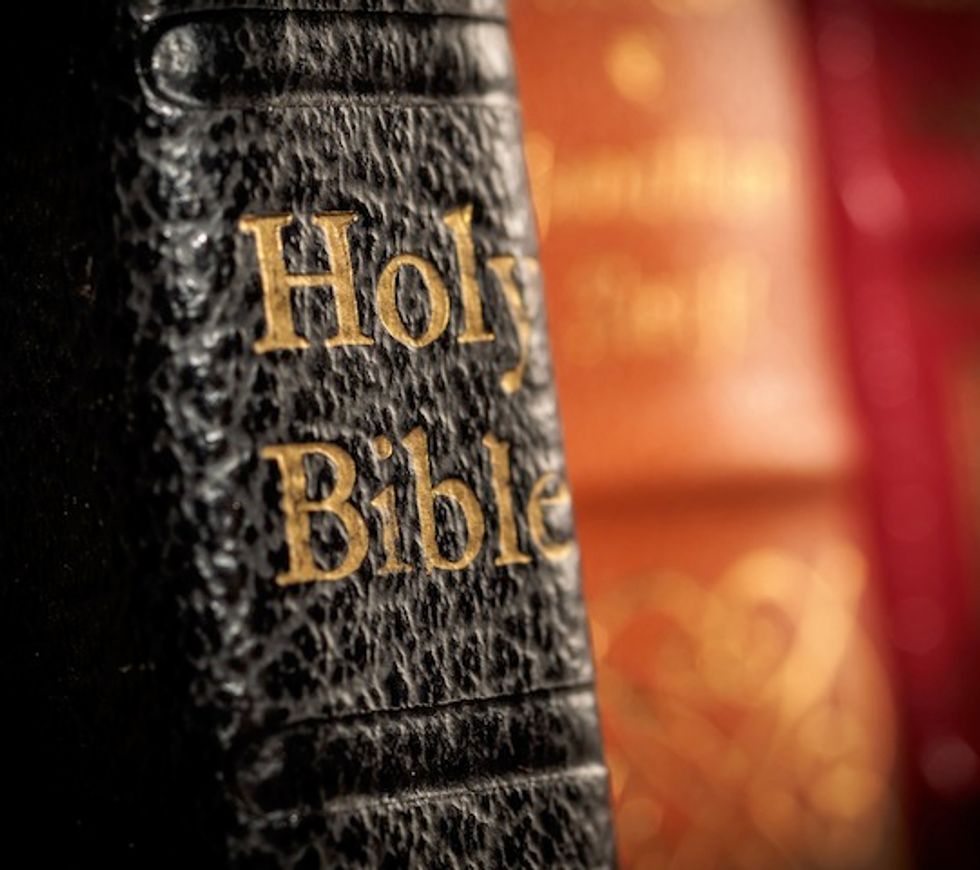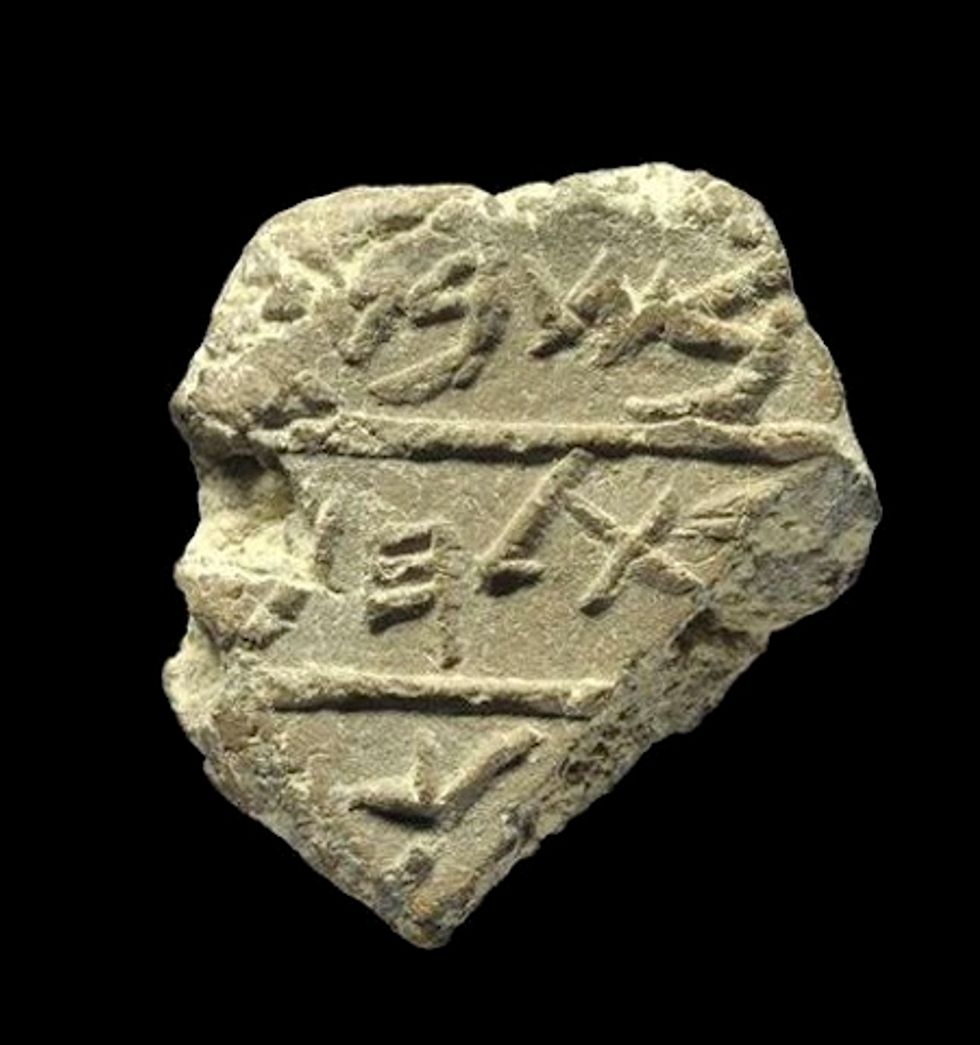
Photo: B Calkins/Shutterstock

The forthcoming Museum of the Bible in Washington, D.C., has reached an agreement with the Israeli agency responsible for antiquities to display “for decades” a huge collection of biblical artifacts found in Israel.
Micky Saban, head of the National Treasures Department at the Israel Antiquities Authority, said Wednesday that the artifacts being sent will include those from the Canaanite period, and the First and Second Temples.
Visitors will be able to view seals and seal impressions from the First Temple period, stone and alabaster vessels, jewelry, figurines, and glassware from the Second Temple period.

The website of the privately funded museum, which is set to open in 2017 near the National Mall, says that its permanent collection will display some 40,000 objects from the family of museum founder, Hobby Lobby President Steve Green. They include rare biblical scrolls and artifacts, among them cuneiform tablets from the time of Abraham, Dead Sea Scroll fragments, biblical papyri, Torah scrolls and rare printed Bibles.
Despite the fact they’re considered national treasures in Israel, many of the Israeli artifacts have never been displayed there due to lack of showing space.
Now, Saban told Israel Radio, “we will have a central stage” to show items that offer a glimpse not only into the day-to-day lives of those living in the area during the time of the Old and New Testaments but also their rituals and how they expressed their spirituality.
The exhibition, which will include thousands of objects, is being billed as the largest Israeli collection of artifacts ever to be sent overseas.
The items will be displayed in an approximately 5,300-square foot space, said Israel Hasson, director of the Israel Antiquities Authority.
Hasson told Israel Radio Wednesday morning that some 4.5 million visitors are expected to tour the museum every year.
A press release from the Israel Antiquities Authority noted that the museum will employ cutting edge techniques such as holograms and virtual reality to offer visitors a visual illustration of Bible stories.
"The historic collaboration of the Israel Antiquities Authority and Museum of the Bible will serve as a showcase for the nation’s treasures and excite millions of visitors each year as they meet tangible evidence from archaeology and the history of the land of Israel — the cradle of Old and New Testaments,” Hasson said in a statement.
Hasson said that under the agreement, the most recent discoveries from the Holy Land will be displayed next to the museum’s entrance.
“When we set out to build the most advanced museum in the world, we knew we could do even better if we joined forces with one of the greatest collections in the world,” museum president Cary Summers said when the agreement was announced, describing the endeavor as a new standard for a museum experience “the likes of which have not yet been.”
The Palestinian Authority as a matter of policy rejects Israel’s historical connection to the Holy Land. Both Palestinian and Muslim organizations regularly accuse Israel of “Judaizing Jerusalem.” The frequent discovery of archaeological artifacts believed to be tied to the Bible, including in the West Bank areas known as Judea and Samaria, belie the claims that Jews have no historical ties to Israel.
While the artifacts will be displayed in Washington, official U.S. policy in both Democratic and Republican administrations has been to push Israel to hand the remainder of the West Bank to the Palestinians as part of a peace agreement. Under the 1993 Oslo Accords, Israel relinquished control of all of Gaza and many parts of the West Bank, including the major cities, to the Palestinian Authority.